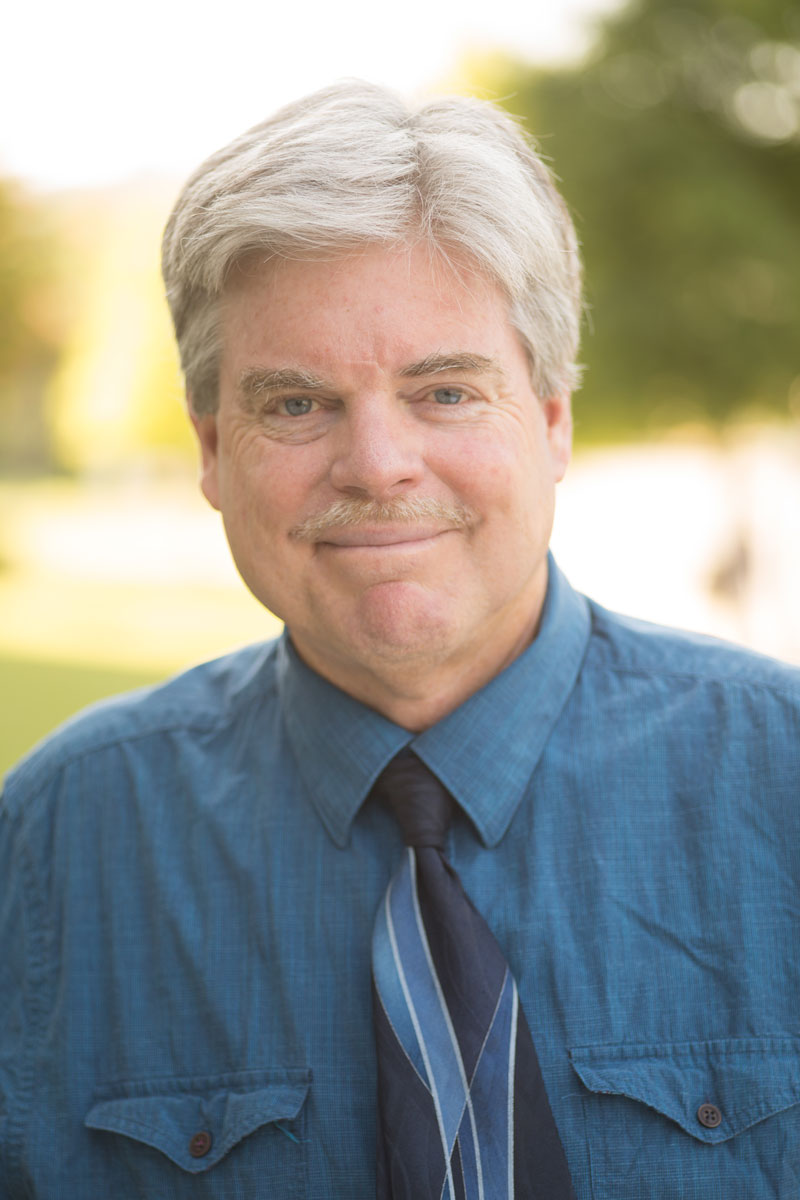 Jim McClintockOn a recent Wednesday evening, 50 people gathered in the parking lot of Saint Stephens Episcopal Church in Birmingham. A hint of humidity tinged the early-fall air and those milling about ranged from grade school to retirement age. Church events are as routine as clockwork on Wednesdays in the South: supper is served and there are Bible lessons, prayers and song. Nonetheless, the event that was about to take place at Saint Stephens was anything but ‘routine.’
Jim McClintockOn a recent Wednesday evening, 50 people gathered in the parking lot of Saint Stephens Episcopal Church in Birmingham. A hint of humidity tinged the early-fall air and those milling about ranged from grade school to retirement age. Church events are as routine as clockwork on Wednesdays in the South: supper is served and there are Bible lessons, prayers and song. Nonetheless, the event that was about to take place at Saint Stephens was anything but ‘routine.’
On the far side of the parking lot, adjacent the steeply pitched roof of the parish hall rested a bucket truck with its hydraulic boom resting on the pavement. In the bucket stood an operator and Rt. Reverend Glenda Curry, the Bishop of the Episcopal Diocese of Alabama. Dressed in ceremonial garb, the bishop sported a full-length red-velvet cope, and on her head sat a tall bishop’s hat, or miter. As the bucket was hoisted skyward the bishop waved joyfully at the crowd below, then extended her right arm and pointed her index finger toward the large cluster of solar panels that covered the parish roof. Equipped with holy water, olive branch, pastoral staff, and prayer book, Bishop Curry hovered above the solar array. Then, with a nod and a prayer, the bishop in the bucket sprinkled holy water and blessed the solar panels.
Solar panels are a blessing in the South. This is especially true for Alabama, Georgia, Florida, Mississippi, and Louisiana, where a high incidence of sunny days makes this geographic region among the best in the nation for the clean generation of electricity from sunshine. Nonetheless, despite this advantage, resistance to change, bottom-lines, politics, and indifference have conspired to impede progress in solar energy. This is surprising given the growing cost-savings of solar energy to consumers (who doesn’t like to save money?), coupled with benefits for the climate and our respiratory health. Think about it, each solar panel installed offsets some of the sulfur dioxide, nitrogen oxides, carbon dioxide, and particulates generated when burning coal and natural gas to make electricity.
Yet, there are early signs of movement in solar energy in the South. Utility grade solar installations are beginning to appear in states that have been behind the curve such as Alabama. Wells Fargo Bank, Walmart, and Facebook are among a growing number of companies in Alabama that have installed solar fields or solar arrays to reduce costs and contribute to a more sustainable and healthy environment.
Homeowners in the south have yet to embrace solar rooftops at levels commensurate with regions such as southwestern U.S. Georgia is a bit of an exception, as Georgia utilities owned by Southern Company facilitate affordable marketing of solar to residential homes. In Alabama, however, the major electric utility, also owned by Southern Company, curiously imposes steep financial barriers to discourage residential solar installations. This disparity may change pending the outcome of a lawsuit filed by the Southern Environmental Law Center against utilities imposing high fees on residential solar.
In the meantime, we can pray that more solar energy projects will be blessed.
Jim McClintock, Ph.D., is the Endowed University Professor of Polar and Marine Biology in the Department of Biology.


